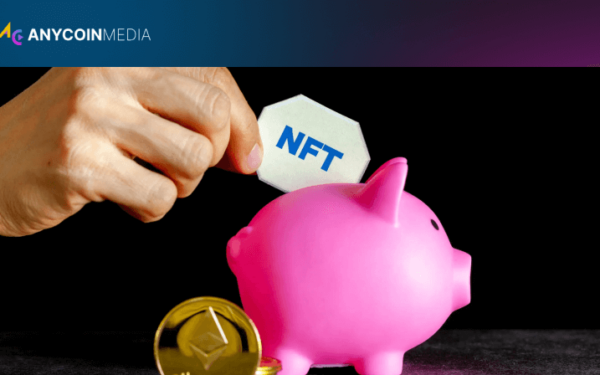Technical analysis, a method of evaluating assets and forecasting their probable price direction based on historical market data, has become an indispensable tool for traders in the cryptocurrency market. This approach, originally developed for traditional financial markets, has found renewed relevance and application in the volatile world of digital assets. Bitcoin, as the flagship cryptocurrency, often serves as the primary subject for technical analysis in the crypto space, with patterns and indicators derived from its price action frequently influencing the broader altcoin market.
The core principles of technical analysis in cryptocurrency markets include:
These principles form the basis for various technical analysis techniques applied to Bitcoin and other cryptocurrencies. However, the unique characteristics of the crypto market, such as 24/7 trading and high volatility, necessitate adaptations to traditional technical analysis methods.
Several technical indicators have proven particularly useful in cryptocurrency analysis:
These indicators, when used in combination, provide traders with a comprehensive toolkit for analyzing cryptocurrency price movements. Each indicator offers unique insights, and their effectiveness often increases when used in conjunction with others to confirm signals.
Recognizing chart patterns is a crucial skill in technical analysis:
These patterns, when identified correctly, can provide valuable insights into potential future price movements. However, the high volatility of cryptocurrency markets can sometimes lead to false signals, emphasizing the importance of confirmation through multiple indicators and time frames.
Different time frames offer varied perspectives on market trends:
Analyzing multiple time frames simultaneously can provide a more comprehensive understanding of market dynamics. This multi-time frame analysis is particularly important in the fast-moving cryptocurrency markets, where short-term volatility can obscure longer-term trends.
Volume plays a crucial role in confirming price movements:
Volume analysis in cryptocurrency markets presents unique challenges due to the presence of wash trading and the distribution of trading across multiple exchanges. Traders often use aggregated volume data or focus on specific reputable exchanges for more accurate analysis.
Incorporating sentiment analysis into technical trading strategies has gained popularity:
These social and sentiment indicators can provide additional context to technical analysis, helping traders gauge market psychology and potential trend shifts. However, their subjective nature necessitates careful interpretation and integration with more traditional technical indicators.
Cryptocurrency markets often exhibit distinct market cycles:
Understanding these market cycles is crucial for effective technical analysis in cryptocurrencies. Different technical indicators and patterns may be more or less reliable depending on the current market phase, requiring traders to adapt their strategies accordingly.
Several factors complicate technical analysis in crypto markets:
These challenges underscore the importance of combining technical analysis with fundamental analysis and staying informed about broader market developments. Traders must remain flexible and ready to adapt their strategies to the unique characteristics of cryptocurrency markets.
As the cryptocurrency market matures, more sophisticated technical analysis techniques are being employed:
These advanced techniques offer deeper insights into market structure and potential future movements. However, they often require significant experience and understanding to apply effectively in the volatile cryptocurrency markets.
A unique aspect of cryptocurrency analysis is the availability of on-chain data:
Integrating these on-chain metrics with traditional technical analysis can provide a more comprehensive view of market conditions, offering insights not available in traditional financial markets.
Technical analysis extends beyond short-term trading to inform portfolio management strategies:
By incorporating technical analysis into portfolio management, investors can make more informed decisions about asset allocation and risk management in their cryptocurrency holdings.
Technical analysis has established itself as a vital tool for navigating the complex and volatile world of cryptocurrency trading. From Bitcoin to the myriad of altcoins, traders and investors leverage a wide array of technical indicators, chart patterns, and analytical techniques to gain insights into potential market movements. The unique characteristics of cryptocurrency markets, including their 24/7 nature, high volatility, and the influence of factors like hard forks and regulatory decisions, necessitate adaptations to traditional technical analysis methods.
The integration of on-chain metrics and sentiment analysis with classic technical indicators offers a more comprehensive approach to market analysis, providing traders with a richer understanding of market dynamics. However, the effectiveness of technical analysis in cryptocurrency markets is not without challenges. The potential for market manipulation, the lack of long-term historical data for many assets, and the impact of external factors like regulatory news all complicate the application of technical analysis.





